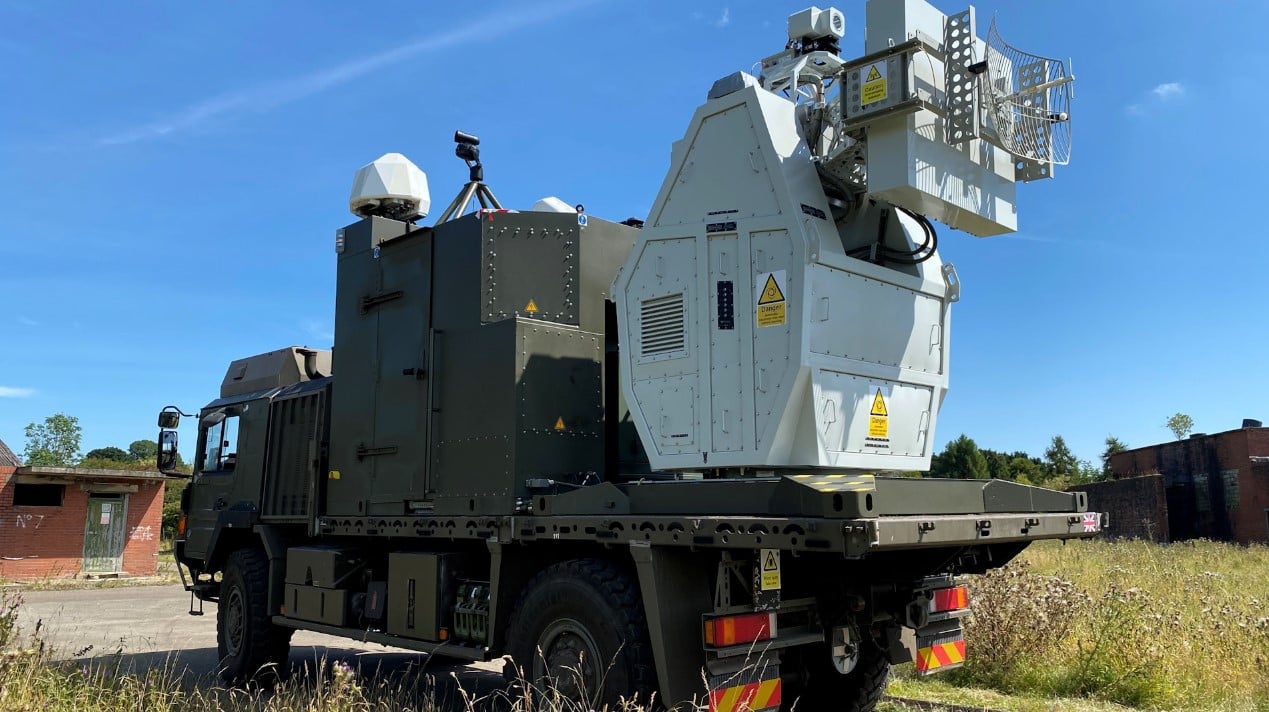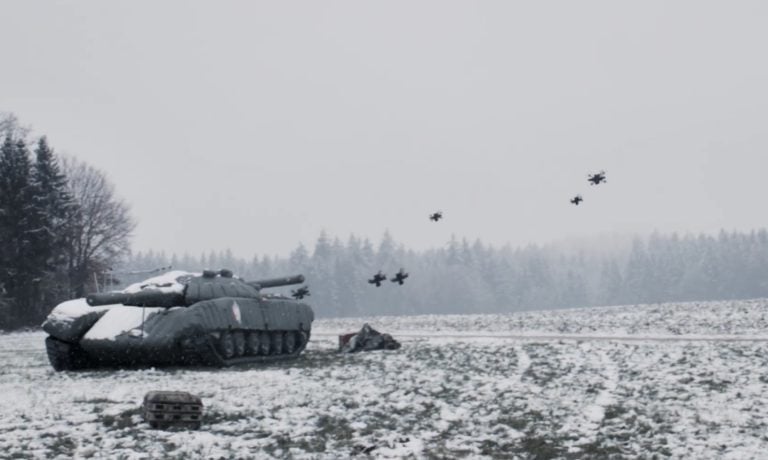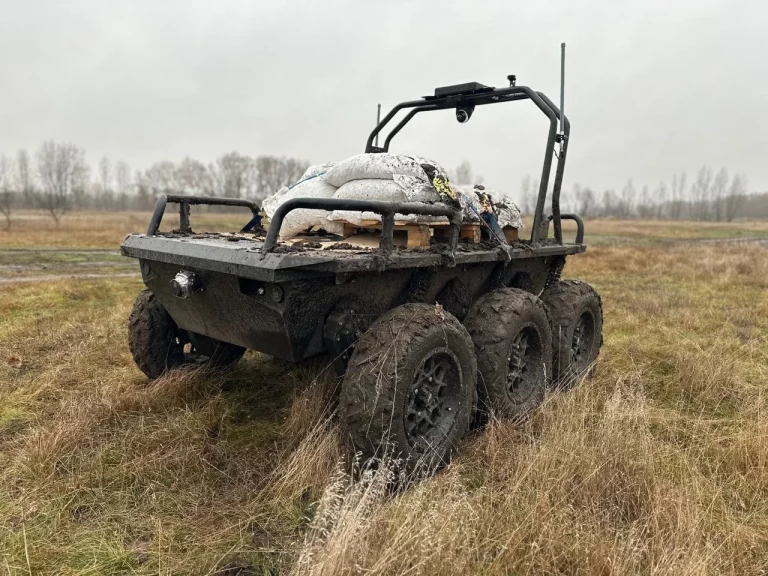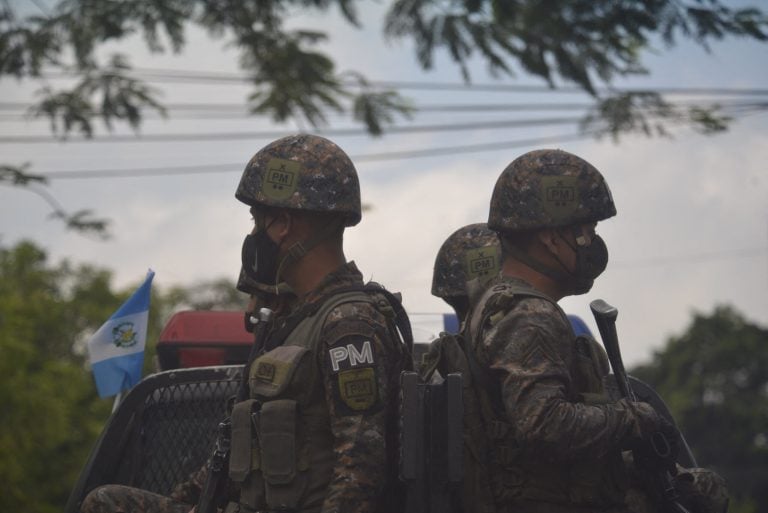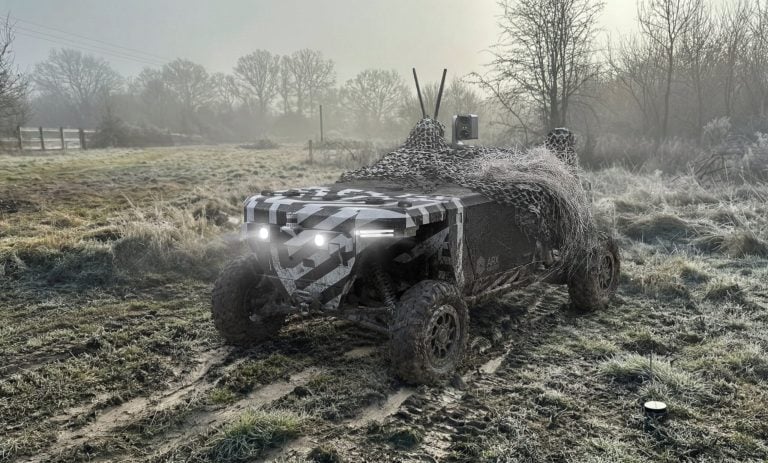The British Army has successfully conducted a groundbreaking test of a new radiofrequency directed energy weapon (RF DEW) system designed to combat drone swarms. This trial, labeled as the largest of its kind in the UK, took place at a weapons range in West Wales, where the experimental system demonstrated its capabilities by shooting down two drone swarms in a single engagement. Overall, throughout the various testing phases, the RF DEW system tracked, engaged, and defeated over 100 drones, showcasing its effectiveness in modern air defense scenarios.
The project was spearheaded by Team Hersa, a collaborative group from Defence Equipment & Support and the Defence Science and Technology Laboratory. The system was developed by Thales UK, with a significant government investment of £40 million (approximately $50 million) fueling its research and deployment.
Sgt Mayers of the UK’s 106 Regiment Royal Artillery commented on the trial, highlighting the promising nature of the RF DEW concept. “We found the demonstrator quick to learn and easy to use. With improvements on range and power, which could come with further development, this would be a great asset to layered air defense,” he remarked, underlining the potential this technology has to bolster national defense capabilities.
The RF DEW system operates using high-frequency radio waves to disrupt or damage the internal electronics of drones, thereby leading to their malfunction or crash. With an operational range of up to 1 kilometer (0.6 miles), it can effectively engage aerial targets that typically evade traditional jamming techniques.
The financial efficiency of the RF DEW system is noteworthy, with each engagement costing around 10 pence (approximately $0.13). This makes it a highly cost-effective complement to conventional missile-based air defense systems, according to the UK government.
Furthermore, the weapon’s ability to strike multiple targets almost instantaneously positions it as an essential tool for protecting sensitive areas such as military installations and airports from unidentified or hostile drone threats. As military organizations continue to contend with the rising prevalence of drone technology, developments like the RF DEW system may signal a significant advancement in defensive capabilities against low-cost, high-impact aerial threats.
